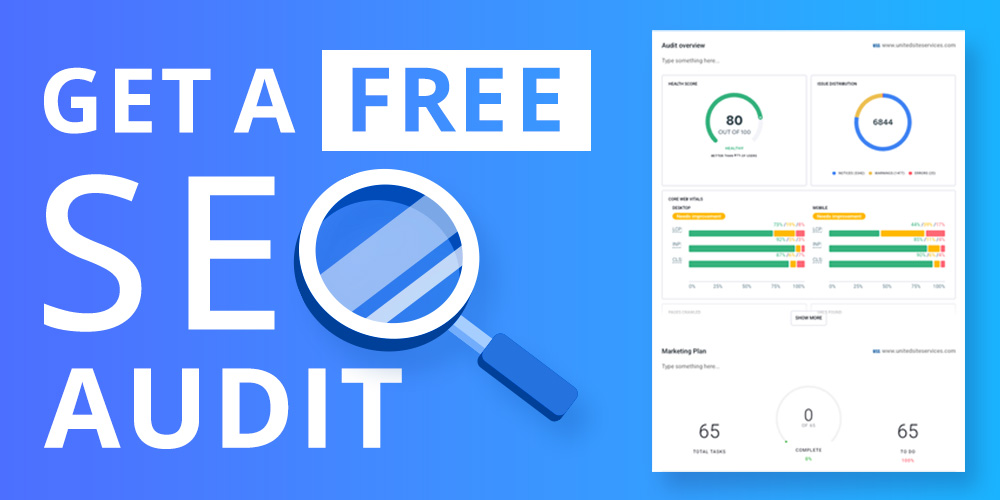


By now, content marketing is an established part of building your online presence. If you want to build on your current content strategy for 2017 or if you are new to publishing content, then this post will give you some crucial content marketing tips for how to tap into this marketing strategy. The theme will be trying to set and meet concrete goals using more organized techniques.
Many content marketers are content to employ an on-the-fly approach. This approach entails just coming up with ideas and deploying them. You might have some larger themes in mind, but there is not much planning into the future beyond the current campaign. As an improvement on that, try coming up with a formal strategy that will guide all your content and the ways you share it. If you can build that overall strategy, you will have some idea of what your next several campaigns should look like and what you want your content to do. The importance of having a formal strategy is that it promotes future-oriented thinking and helps you ensure that each piece of content is playing a specific role in your business. It is not enough to just push out as much good content as you can. Every publication should offer unique value and have a specific reason for existing. Moreover, your strategy can tell you what you need to do next in order to expand your business and promote growth. Try to be as concrete and clear as possible, and avoid vague statements without quantification or a link to a business outcome.
Going along with formal strategy, you should also choose some concrete and actionable goals. That means stepping away from "getting as many sales as possible" or "improving brand strength" and moving toward "improving incoming traffic from SERPs by 20 percent" or "cutting the bounce rate in half" or "increasing conversion rates by 15 percent within eight months." Each of these goals has a measurable outcome and possibly a deadline. That way you will be able to know whether you have succeeded in meeting the goal. Each of these goals should support a particular segment of your strategic plan. For example, if your strategy is aimed at taking control of a set of keywords and becoming a thought leader in your industry, then you might have some goals aimed at traffic, others aimed at getting shares, and so on. Tie each goal to a measurable and specific outcome so that it is always clear whether the goal is met or not. Then all the content you write can be in service to one of those goals. That helps you stay focused on what will help you most and avoid wasting time on content without a defined role. It might seem harsh or restrictive, but this helps you narrow down the topics you will write about and make faster decisions about what goes into each post.
Your strategy does not just tell you what to write, but where to publish it. You need to have a clear idea of how and why you are distributing your content. Is it a blog attached to your site? An exterior blog or another platform? What's the role of social media and how does that connect with your audience's needs? Each audience and type of content has different implications for the best way for content to reach the reader and vice versa. Consider where you want people to engage with your content and why. Determine what will keep labor and time costs low so that your campaigns will be efficient. Think about whether you will be able to gather data about your readers and how easy it will be to make conversions with your chosen delivery plan. A surprising number of questions play into the decisions of where and how to distribute, and many businesses have not even considered them. Distribution needs to be a formal and full-fledged element in your plan from the beginning.
There is no way around it: mobile platforms are a huge source of traffic, and they are growing worldwide. You cannot do any useful online marketing at all without taking this into account. First, you'll need to evaluate the mobile-friendliness of your content and platform. If they are slow, data-heavy, hard to read or navigate, or look bad on a small touch screen, then you will alienate many potential leads. You also need to consider what being on a mobile device means for the needs and plans of the readership. Someone who has arrived on your site from a mobile search likely wants a faster pipeline to buy and will spend less time reading than someone on a laptop or desktop. If the reader is on mobile, they want to make a decision quickly. Mobility presents a whole new range of opportunities if you can take advantage of them, and that includes respecting the amount of work and effort your mobile solution will take.
These tips are all related to making your content marketing more guided, planned, and formal. Now is not the time to publish any idea you have; it is time to trim and organize so that you can use each campaign to fulfill particular goals. Increasing sales is a fine goal, but there are other important ones connected to performance that can still provide you with a framework for what the content must do. Content marketing tips are often aimed at incremental improvements to the performance of the content on an individual basis. The key shift here is from a tactical to a strategic mindset.
At Bright Vessel, we understand the importance of pay-per-click in your company's marketing strategy. Ask us how we can help you establish a commanding web presence by contacting us today.

"*" indicates required fields

"*" indicates required fields

"*" indicates required fields
You must be logged in to post a comment.